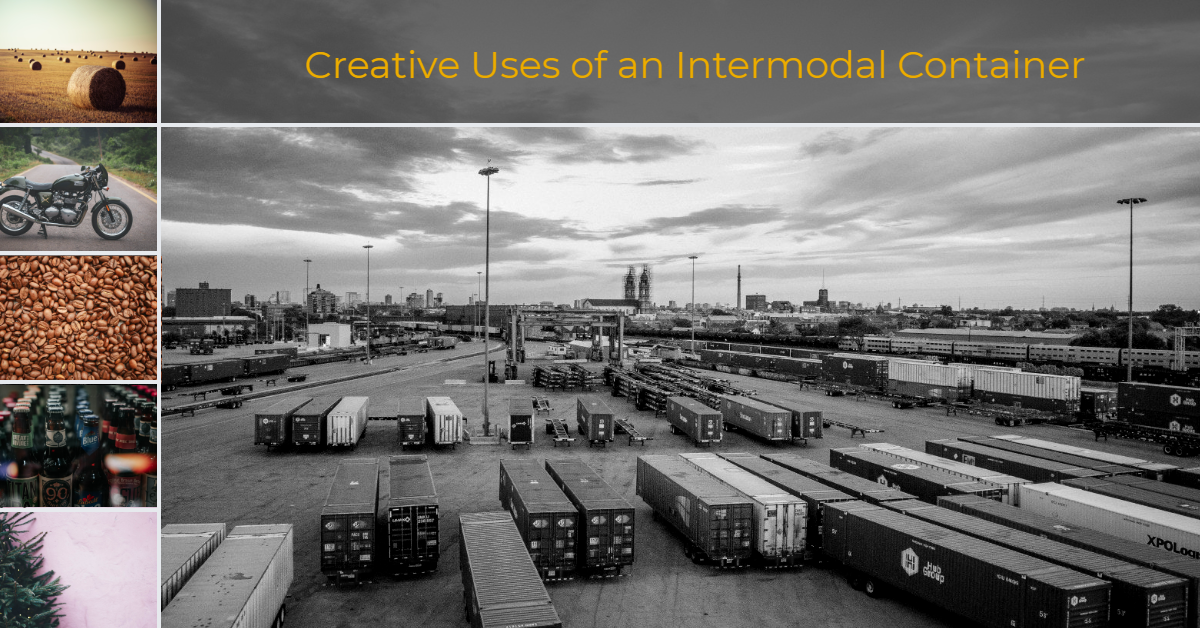If you’ve ever seen a train carrying big boxes stacked on top of one another, or if you’ve ever seen an ocean carrier loaded with multi-colored metal rectangles, those are intermodal containers. These 20, 40, or 53-foot boxes are usually referred to as intermodal containers, and they travel across multiple modes of transportation, like boats, trucks and trains. Depending on the shipper’s needs, sometimes the product stays in the same container for the entirety of the trip, while other times products are transloaded into domestic boxes for delivery inland or taken to a distribution center and then loaded with other products for final delivery to the same store or area.
Anyone who is familiar with intermodal containers will probably tell you they’re used to ship things like electronics, appliances, shoes and clothing. While all of that is true, intermodal containers can also carry a very long list of items, some of which are surprising. Here’s a peek inside those colorful boxes and insight into why shippers should care about them.
Surprising Uses of Intermodal Containers
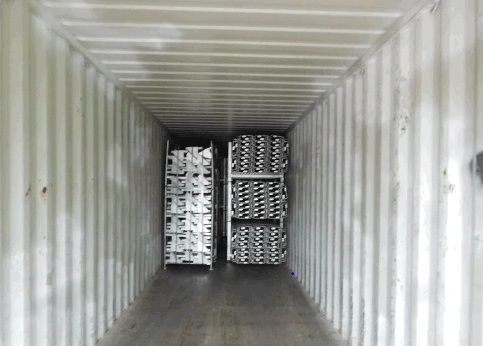
Scaffolding is loaded into an intermodal container.
While most people think intermodal containers transport consumer goods, containers can carry just about anything. Some of the surprising products include:
- Grain and grain products
- Soybeans
- Hay
- Plastics
- Rolled rubber
- Scaffolding
- Frozen pork
- Potatoes
- Bottled beer
- Christmas trees
- Cans of hard seltzer
- Cocktail mix (both dry and liquid)
- Motorcycles
- Coffee beans
- Quartz slabs
- Spooled chains
- Municipal waste
Intermodal containers can also be adapted to handle liquids and refrigerated cargo.
Improved Efficiency and Reduced Costs for Ocean Carriers
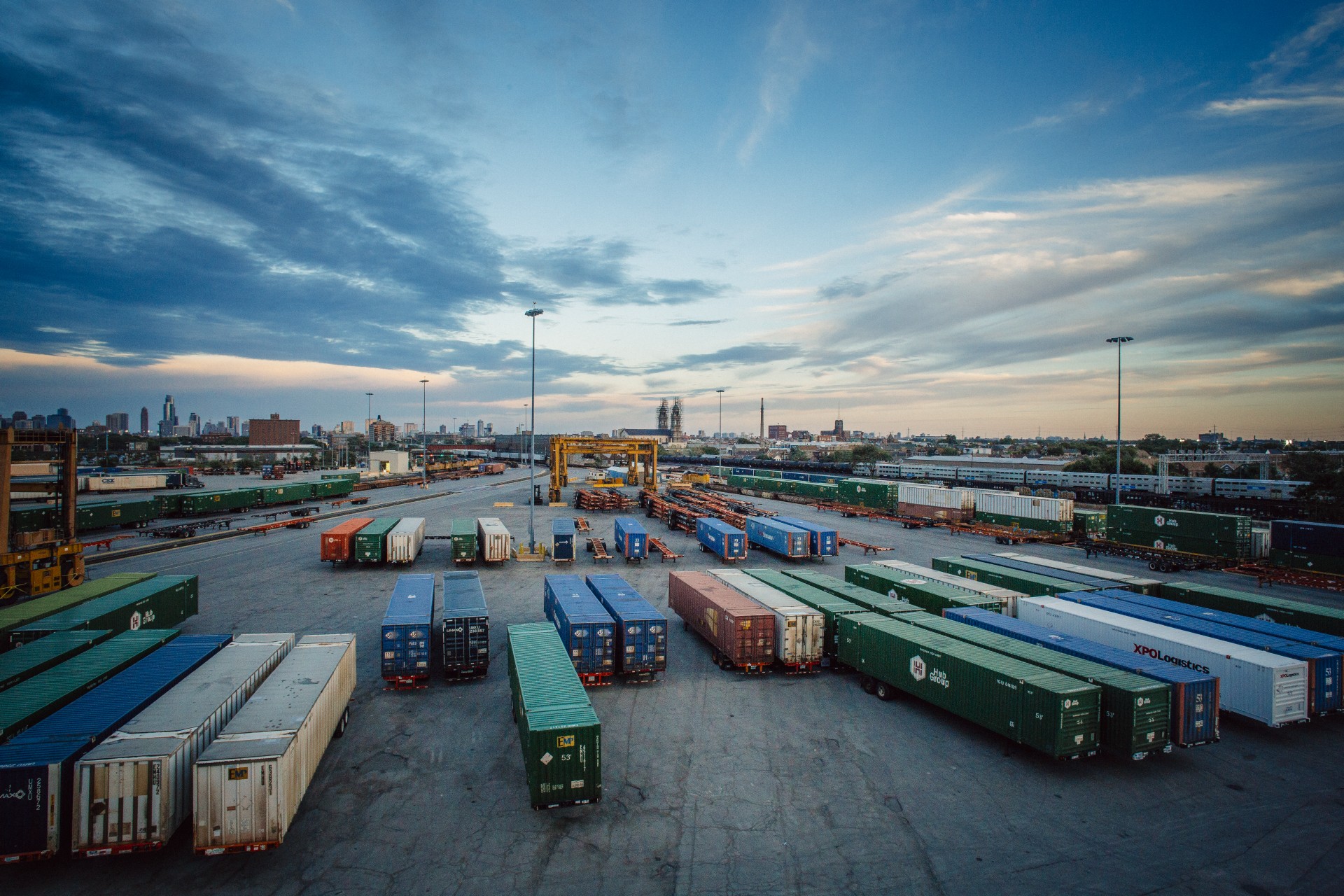
Intermodal containers offer versatility, handling just about any type of product. But beyond that, they also allow ocean carriers to participate in domestic reload and matchback programs, which improve efficiency and reduce costs for ocean carriers.
Here’s how they work: When products are imported from Asia, international intermodal containers arrive at West Coast ports on vessels, then travel eastward by rail to their inland destinations. Once Asian imports are unloaded, those containers have to eventually travel back to Asia. But they don’t have to make the entire trip empty. Instead, they can be reloaded with entirely different products. With domestic reload programs, the container is used to transport domestic freight back to the West Coast for unloading. With matchback programs, products travel back to the coast and are then shipped westward for export to Asia, making the most of the container’s round trip.
Domestic reload and matchback programs come with a number of benefits:
- Lower shipping costs: Instead of returning empties at their own expense, ocean carriers earn revenue for part or all of the return trip. Domestic reload and matchback programs allow ocean carriers to balance their assets and reduce overall cost.
- Sustainable shipping: Freight rail is the most environmentally sound form of freight shipping by land, meaning shippers are also leveraging a greener shipping mode.
- Additional Capacity: Reload programs give domestic shippers access to ocean carriers’ equipment, meaning domestic shippers have access to additional container supply.
Other Benefits of Shipping in Intermodal Containers
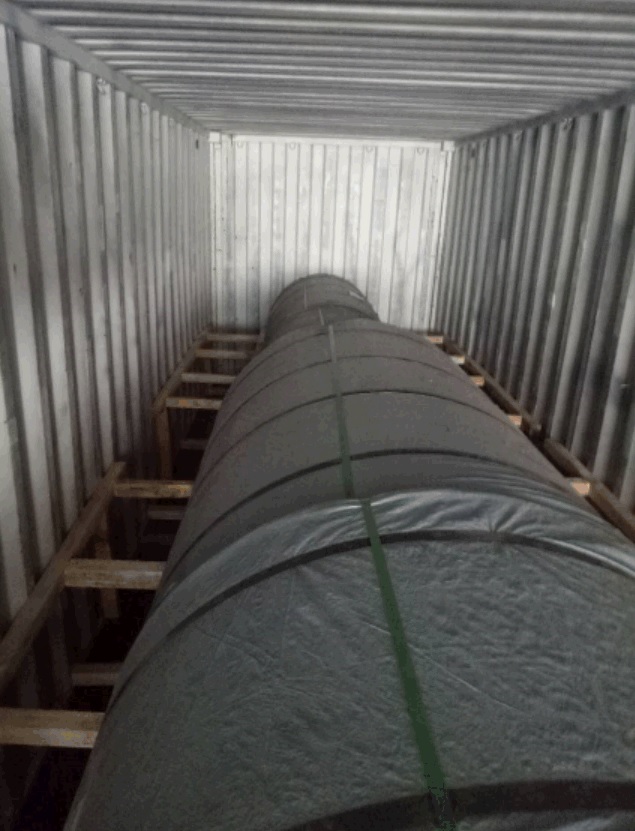
Rolled rubber is loaded into an international container.
Shipping in international intermodal containers comes with a number of other benefits, too.
- Flexibility: In addition to handling a wide variety of products, shipping in international intermodal containers also allows goods to easily be transferred between ships, trains, trucks and barges. Because international intermodal containers are manufactured according to specifications set forth by the International Organization for Standardization (ISO), they can be handled by multiple transportation modes anywhere in the world.
- Durability: Because they are manufactured according to ISO standards, international intermodal containers must meet size, strength and durability requirements. Made of corrugated steel panels, international intermodal containers are water-tight and wind resistant. They’re tough, too: Containers are made from the same kind of steel used to construct bridges and, when maintained properly, can last for decades. That also means the goods inside are protected from the environment and damage.
- Security: Containers are transferred between shipping modes without being opened and can only be opened at the origin, at customs and at the destination or transload facility. This reduces the likelihood of tampering and theft.
How Can You Know if Intermodal Is Right for Your Product?
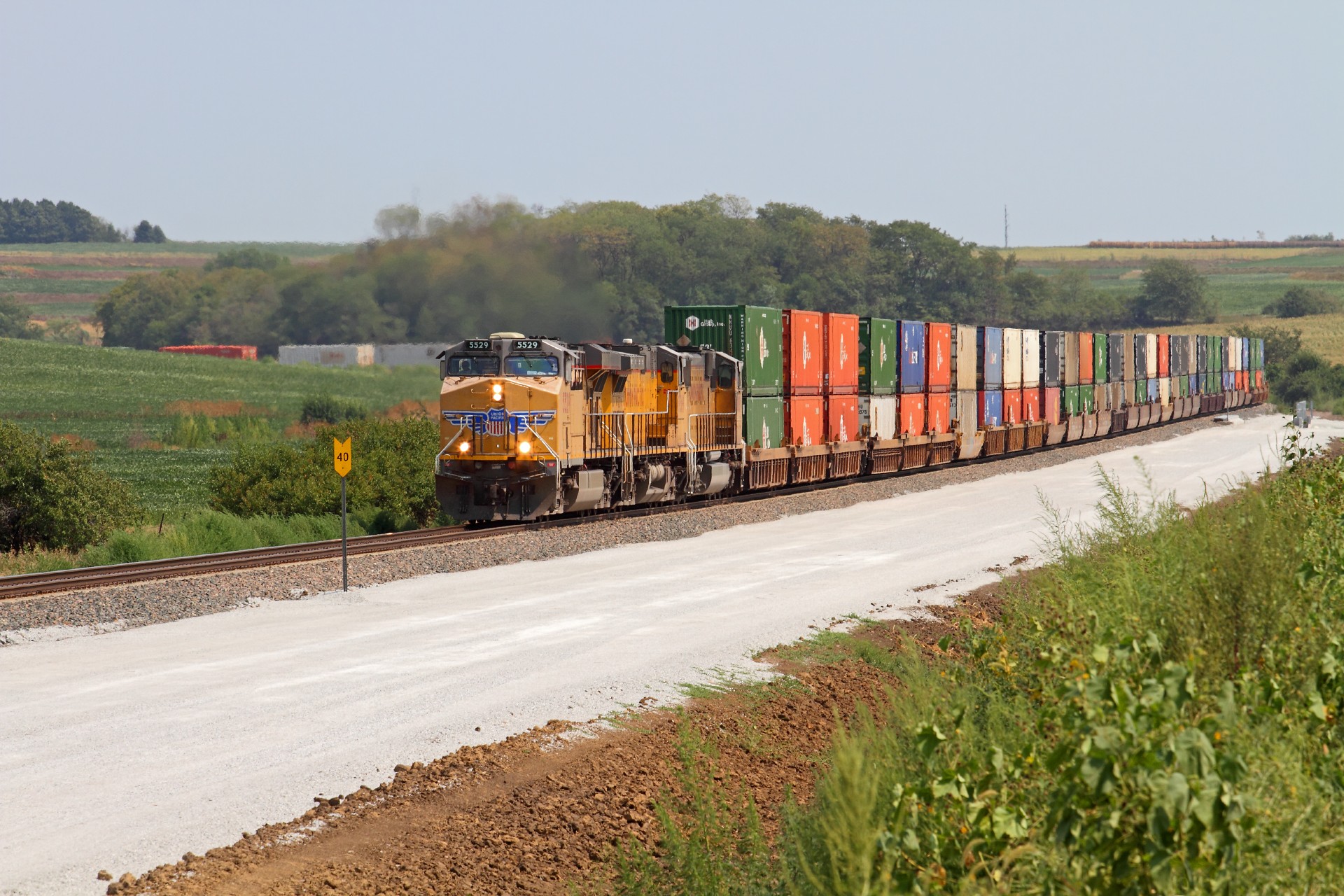
If you’re not sure whether your product can travel in intermodal containers, or if you’re concerned about your product shipping safely, railroad professionals can help. For instance, the Union Pacific Shipment Quality team is dedicated to ensuring damage-free delivery of products and takes a proactive approach to prevent freight damage during rail transport. Our experts can help shippers take steps specifically designed to keep intermodal shipments safe.
Learn More
If you’re ready to learn more about how your product can travel in intermodal containers or about participating in domestic reload or matchback programs, get in touch. Or, visit the MatchUP webpage to learn more about Union Pacific’s recently launched MatchUP domestic reload program. MatchUP pairs an import load with a westbound domestic shipment, simplifying the domestic reload for ocean carriers while at the same time providing capacity in markets where 53' domestic capacity runs tight.
Related Articles

